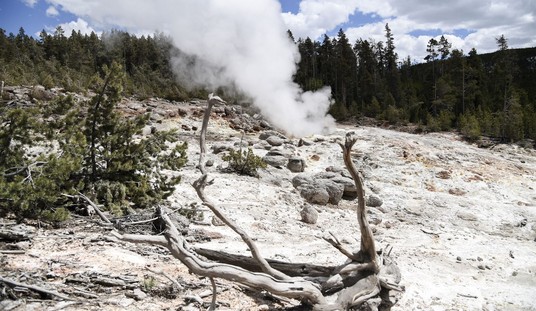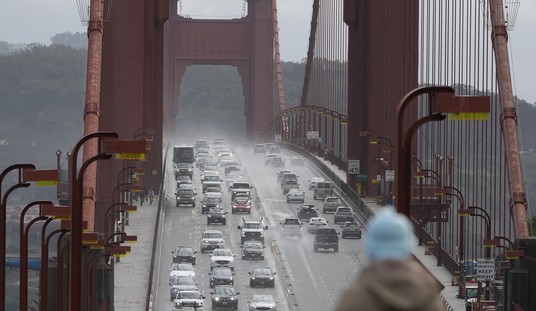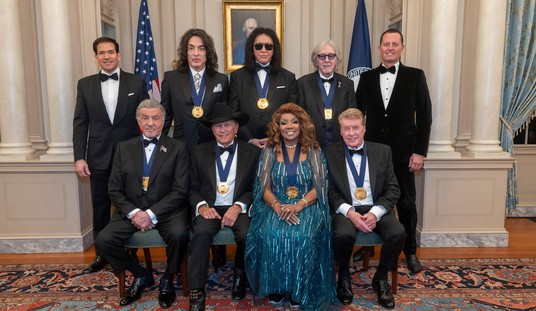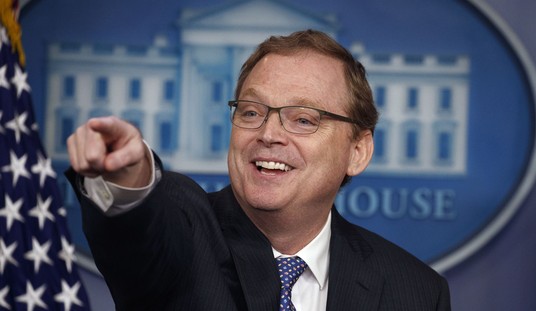
This week, the RedState Department of History takes you back to the hottest days of the Space Race, to observe the 53rd anniversary of one of our most important space accomplishments.
In the early days of 1965, it could be argued that the United States was catching up to the early lead of the Soviet Union in many areas – but on March 18, 1965, the Soviets put on a spectacular display which showed they were, for the time being, still ahead.
Cosmonaut Alexei Leonov went outside the capsule of Voskhod 2 for twelve minutes, becoming the first human being to “walk in space”.
Today marks the anniversary of America’s reply. On this date in 1965, Lieutenant Colonel Edward H. White, USAF, became the first American to walk in space.
If the United States was going to achieve the goal of landing a man on the moon by the end of the 1960s, it was obviously imperative to know if NASA could design a spacesuit which could withstand the rigors of space outside a capsule.
So spectacular was Leonov’s achievement that NASA brass moved up the first planned American spacewalk so as not to be overshadowed by the Soviet accomplishment. With Command Pilot and best friend Jim McDivitt at his side, White launched with Gemini 4 on the first multi-day American space flight, which orbited the Earth 66 times in four days.
Along the way, White stepped out of the capsule and floated alongside the spacecraft for 20 minutes, beating Leonov’s mark of March and giving the Americans claim to parity in the Space Race.
White later remarked that his time outside the capsule was the proudest moment of his life. “I feel like a million dollars,” he exclaimed to the world, and it was impossible not to believe him. White narrates a film of his spacewalk here.
For his part, McDivitt said in later years that he had trained for the flight with the possibility of being the only survivor, saying it was hard to come up with a plan to cut your best friend loose in space.
However, those were the risks the early astronauts took. America’s second spacewalk, which involved performance of tasks in space, didn’t go nearly as well, with Eugene Cernan losing over ten pounds in weight due to trying to fight the vacuum of space in basic movements. During his spacewalk, Cernan’s heart rate reached 170 beats per minute as he fought to maintain equilibrium.
It wasn’t until Buzz Aldrin, who earned a doctorate in astronautics from MIT, developed a new system for walking in space that the Americans were able to find a simple, systemic way to survive outside a spacecraft. Since Aldrin’s work, the United States has never encountered a significant difficulty in an extra-vehicular maneuver.
Sadly, White would not live to see the eventual success of his work. He was killed in a flash fire while testing the Command Module for the first Apollo mission along with Virgil “Gus” Grissom, the second American in space, and Roger Chaffee. Born to a military family in which his own father reached the rank of Major General, White’s brother James was killed in the crash of his F-105 in Laos in 1969.
All three Whites are buried at West Point Cemetery, in a constant reminder that freedom is not free. Happy Sunday and enjoy today’s open thread!













Join the conversation as a VIP Member